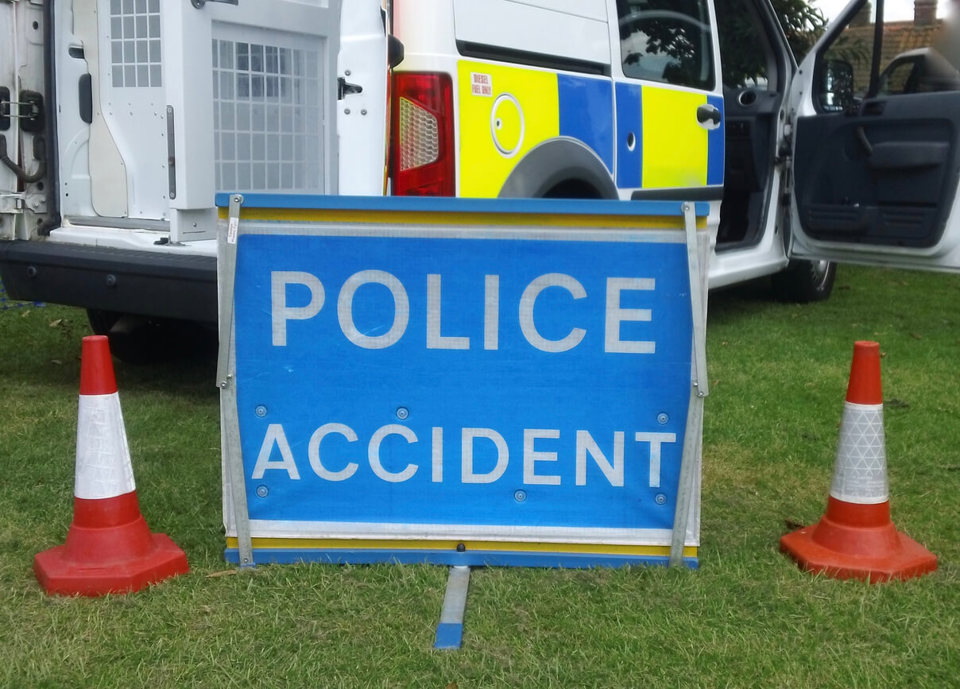Staged crashes, in which gangs of criminals stage a deliberate crash, are becoming more common, with fleets often being targeted as the gang knows that the vehicle is likely to be fully insured, and the driver less likely to ask questions as they do not own the vehicle.
The staged crash will usually involve getting a driver to crash into the rear of one of the criminal’s vehicles, which they get him or her to do by braking suddenly at unexpected times, and they often disconnect their brake lights so that it is more difficult for the driver to detect the sudden braking.
So what can drivers do to avoid becoming the victims of this increasingly common incident?
One of the best ways for a driver to avoid any rear end collision is to ensure that they leave a sufficient gap between their vehicle and the one in front, and that they are concentrating on their driving at all times.
Many drivers travel too close and, in the event of an emergency, are unable to stop in time to avoid a rear end collision. Drivers should always manage the space around their vehicle, with the gap in front being the most safety-critical. In good weather conditions and on roads with good surfaces, a driver should maintain a gap of at least 2 seconds between their vehicle and the one in front.
When the weather and/or the road surface deteriorate then this gap should be doubled to 4 seconds, and in icy conditions, if the journey is absolutely necessary, then a gap of 10 seconds or more is needed to ensure that they can stop safely.
If the driver maintains these gaps then he or she should have enough time to react and brake if the vehicle in front stops unexpectedly providing, and this is the second key point, that the driver is fully concentrating on the driving task.
There are many things that distract drivers, especially if they are making a work-related journey, and to minimise the chance that he or she will be involved in a collision, drivers must concentrate on their driving at all times. This is especially true to avoid people stopping unexpectedly with a view to causing a staged crash.
Mobile phones are probably the biggest distraction, with research evidence suggesting that holding a conversation on the phone leads to drivers having similar reaction times to someone twice over the UK drink-drive limit. At 40mph, a concentrating driver will travel 13.3m before activating the brakes.
A driver at the UK drink-drive limit will travel 20m and the sober, hands-free phone user will travel 22.3m before activating the brakes. If a vehicle stops suddenly and unexpectedly, these figures show how much more likely it is that the distracted driver will not be able to avoid the collision.
If a driver is talking on the phone – it is usually fairly obvious to observers outside of the vehicle, even if the conversation is hands-free – then this will make them a potential target for the criminal gangs, as they know that if they brake suddenly and unexpectedly in front of the phone-user’s vehicle, the driver is much less likely to stop in time, and the result is a staged crash. Source: Transport Research Laboratory Incident requiring braking.
Whilst mobile phones are probably the biggest distraction to the driver, there are of course many other things that drivers do that divert their attention away from the driving task, making a rear-end collision more likely.
Talking to passengers, adjusting the in-car entertainment or satellite navigation systems, eating or drinking, and even ‘daydreaming’ or thinking about a business issue will all cause the driver to have slower reactions, making a rear-end collision more likely. So the clear message to drivers is “concentrate on your driving”.
One other key behaviour needed to avoid collisions is observation – this may seem an obvious point but it is surprising how little information some drivers take in.
When looking at potential staged crashes, drivers need to look at a vehicle’s ‘body language’:
• Have they noticed that the brake lights are not working?
• Is the vehicle being driven erratically?
• Is the driver of the vehicle in front looking in their mirrors unusually often, and are any passengers in the vehicle looking at you?
• Does the vehicle look well cared for?
All these things can give clues as to the likely behaviour of the driver in front, including the possibility that they are looking to stage a rear-end collision.
The last point to make is make sure that the vehicle is in good condition, especially the tyres and suspension system. Tyre performance deteriorates significantly below 3mm tread depth, especially in wet conditions, so drivers should ensure that, as a minimum, their tyres are legal (1.6mm for cars), and organisations who need their employees to make work-related journeys should consider following best practice and change tyres at 3mm to ensure good stopping performance.
Drivers should also check their tyre pressures regularly, as over or under-inflated tyres will lead to increased stopping distances. Similarly, the vehicle’s suspension system should be regularly checked as if there are any problems, stopping distances will be increased. A concentrating driver, observing the prevailing traffic conditions, leaving the appropriate gap between their vehicle and the one in front, in a well-maintained vehicle should be able to avoid any rear-end collision, whether this is due to normal traffic conditions or criminal gangs looking to stage a crash.
For information about how Zurich Risk services can help manage the risks associated with your motor fleet, visit www.zurich.co.uk/riskservices.
Alternatively you can email us at riskservices@uk.zurich.com to request more information.
Source: Zurich Risk Services

















Login to comment
Comments
No comments have been made yet.